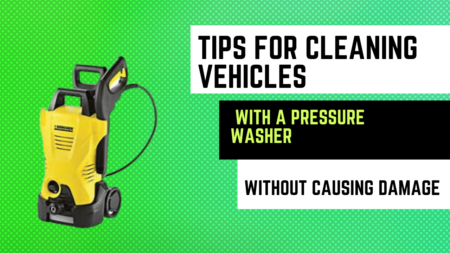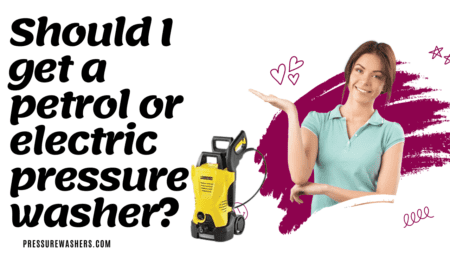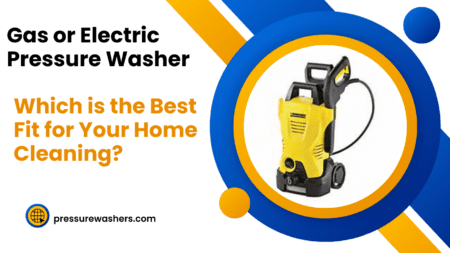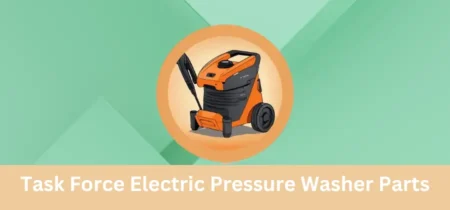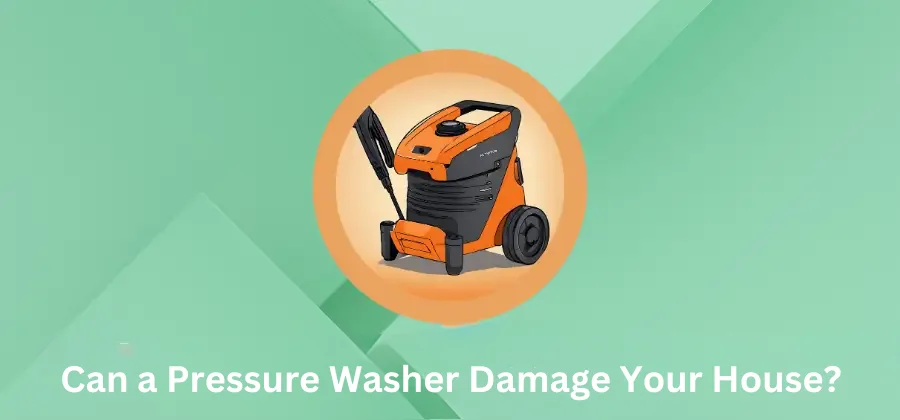
In the realm of home maintenance and cleaning, pressure washers emerge as a formidable tool, capable of transforming the aesthetic of your home’s exterior. Their efficacy in removing dirt, grime, and algae from various surfaces is unparalleled. However, with great power comes great responsibility. The question often arises: Can a pressure washer damage your house? This article delves into the intricacies of pressure washing your home, offering insights and guidelines to harness the benefits of pressure washing while mitigating risks.
Understanding Pressure Washing
Pressure washing employs high-velocity water spray to clean surfaces. It’s an effective method for removing stubborn stains from siding, decks, driveways, and other exterior areas of your home. But, it’s crucial to understand the equipment and the pressure settings that are appropriate for different materials to prevent damage.
The Potential for Damage
The direct answer is, yes, a pressure washer can damage your house if not used correctly. High-pressure water can erode soft materials, blast away mortar from bricks, and strip paint and finishes from surfaces. Wood, in particular, is susceptible to damage, where excessive pressure can lead to splintering and gouging, undermining the integrity of your deck or siding.
Choosing the Right Pressure Washer
Not all pressure washers are created equal. They vary in their pressure output, measured in PSI (pounds per square inch), and their water flow, measured in GPM (gallons per minute). For residential use, a light to medium-duty pressure washer, ranging from 1300 to 2400 PSI, is generally sufficient. It’s also vital to select the appropriate nozzle tip to control the water spray’s intensity and angle.
Safe Pressure Washing Practices
- Start with the Right Equipment: Ensure you have a pressure washer with adjustable settings to match the surface you intend to clean.
- Use the Correct Nozzle: The nozzle’s color indicates its angle and spread. Begin with a wider angle nozzle (white or green) to minimize surface damage.
- Test a Small Area First: Before you start, test the pressure washer on a small, inconspicuous area to ensure it does not damage the surface.
- Maintain a Safe Distance: Keep the nozzle at least 12 inches away from the surface. Moving too close can concentrate the water pressure and cause harm.
- Avoid Direct Streams on Windows and Seals: High-pressure water can break window glass and deteriorate caulking and seals.
- Never Use on Damaged Wood or Paint: Pressure washing can exacerbate existing damage, leading to further repairs.
- Consider Professional Help for Delicate Surfaces: If unsure, hiring a professional with experience in pressure washing can prevent costly mistakes.
The Benefits of Proper Pressure Washing
Beyond the potential for damage, when conducted properly, pressure washing can vastly improve the appearance of your home. It not only enhances curb appeal but also extends the life of your siding, decking, and other outdoor features by removing harmful substances that can cause decay.
Mitigating the Risk of Damage
Understanding the risks and implementing the right techniques are key to safe and effective pressure washing. Always read the manufacturer’s instructions carefully and consider the material you are cleaning. When in doubt, consulting with or hiring a professional can ensure that your home is cleaned safely and effectively, without the risk of damage.
Conclusion
While pressure washing can be a double-edged sword, with the right knowledge and precautions, it is possible to avoid the pitfalls and reap the numerous benefits. It’s a powerful tool in maintaining the beauty and integrity of your home, but it demands respect and understanding to use it effectively.
For homeowners looking to harness the power of pressure washing without the risk, the guidance provided here serves as a roadmap to safe and effective use. Remember, the goal is not just to clean your home but to do so in a way that preserves its beauty and structure for years to come.
